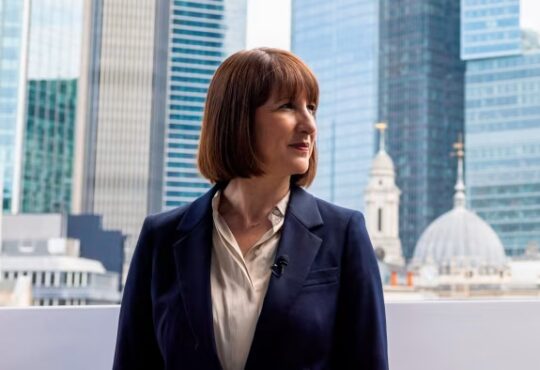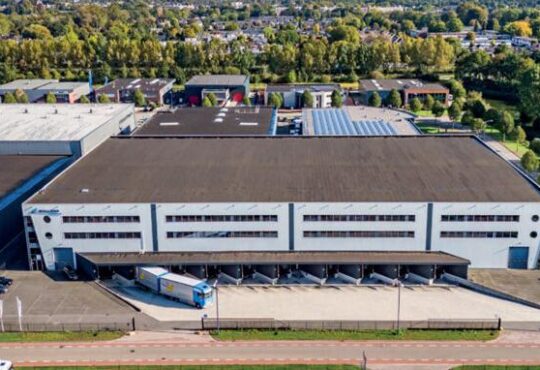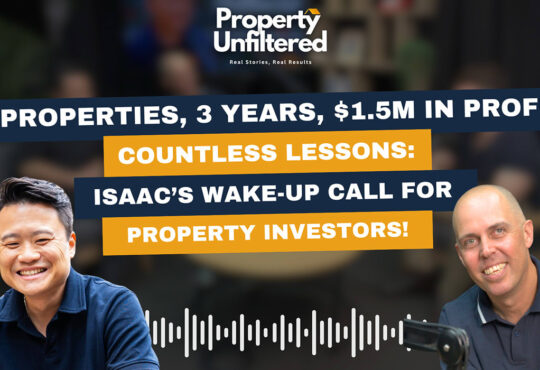
Jack Mullen is the Founder and Managing Director of Summer Street Advisors.
Commercial real estate (CRE) headlines are often grim (empty office buildings, boarded-up Main Streets). The only safe bets today, it seems, are data centers and apartments, as AI and mortgage interest rates dominate headlines.
But the reality is that the media’s most written-off sectors may be where tomorrow’s outperformance may come from.
Here’s where smart capital is quietly moving today.
1. Retail: Not Dead
Not long ago, retail was considered the problem child of CRE. The narrative was that e-commerce had permanently crippled brick-and-mortar stores and Covid had put the nail in the coffin. Analysts pointed to high-profile bankruptcies like Payless ShoeSource, Toys “R” Us and RadioShack as proof.
But retail isn’t dead; it’s just evolving.
In many markets today, retail offers positive leverage. Cap rates often sit comfortably higher than the cost of debt, creating an attractive spread for investors.
Just as importantly, consumers are shopping with enthusiasm. The caveat: Retail that survives today doesn’t just sell products; it offers experiences. Think about Apple stores with their daily classes, the REI flagship store with its indoor climbing wall or shopping centers that now blend restaurants, fitness concepts, entertainment and wellness services.
Not All Retail Is Created Equal
The key is differentiation. Commodity retailers reliant on low-margin goods have struggled. By contrast, experiential retail, grocery-anchored centers and community-oriented retail are thriving. Many properties are being repositioned with food halls, boutique gyms, medical tenants and coworking spaces, which help drive consistent foot traffic.
Investors willing to reposition outdated strip malls or Class B centers have a chance to unlock significant value. With consumer behavior shifting, the key isn’t square footage, it’s curation.
2. Office: A Market In Flux
If retail has long been misunderstood, office has become the latest scapegoat, ranking lowest in investor sentiment, according to CRE Daily.
The remote work onset in 2021 and 2021 brought on somewhat of an office “apocalypse,” with empty towers and looming distress. But while there is truth to rising vacancy rates in certain submarkets, the sweeping generalization hides the real story: Not all office space is created equal.
Well-located, thoughtfully designed office assets are not only surviving but thriving. Tenants have become more discerning, prioritizing buildings that offer amenities, accessibility and a sense of community. This has created a stark bifurcation: Class A buildings in prime markets continue to attract blue-chip tenants, while commodity Class B and C properties struggle. (It’s also helpful to real estate that many companies like JPMorgan Chase and others have declared a five-day-a-week return-to-work mandate.)
Reimagining Office Space
Forward-thinking landlords are embracing hospitality principles in office design. Features like flexible seating, wellness amenities, on-site food and beverage and collaborative layouts create an environment that employees want to return to. Many tenants view these features not as luxuries but as tools for attracting and retaining talent.
22 Vanderbilt in New York City, located next to Grand Central, demonstrates what’s working in today’s environment. The landlord reimagined the space by adding a coffee shop, bar and expansive common areas, transforming the property from a static workplace into a dynamic hub of activity.
For investors, the opportunity lies in identifying mispriced assets in prime locations that can be repositioned. The short-term distress has created attractive entry points, particularly for those with the vision and capital to reimagine the office for the hybrid era.
3. Medical Real Estate: Quietly In Demand
While retail and office dominate headlines, one sector continues to grow steadily under the radar: medical real estate. Unlike other asset classes, medical properties benefit from fundamental drivers that make them resilient, even in downturns.
An aging population, rising healthcare needs and a focus on outpatient care are fueling demand for medical office buildings, surgery centers and specialty clinics. Health systems are increasingly shifting services away from costly hospital campuses into lower-cost, convenient outpatient facilities.
Another attractive feature is that healthcare providers invest heavily in build-outs and rarely move, leading to long-term leases and stable cash flows. In an uncertain CRE environment, that kind of tenancy is gold.
The Underrated Opportunity
Despite these strengths, medical real estate remains relatively under the radar compared to multifamily or industrial. For investors, this means less competition and the chance to secure assets with strong fundamentals at fair pricing.
From suburban medical office buildings serving growing communities to urban healthcare hubs, medical real estate represents one of the most reliable growth stories in CRE. The demand for care is only going up, and the built environment must expand to meet it.
What These Opportunities Have In Common
What ties these three sectors together is the lesson that blanket narratives are misleading. Not all real estate within a sector is created equal. And with commercial real estate today being constantly repositioned to serve hybrid purposes, today’s overlooked opportunities could become tomorrow’s outperformers.
In today’s market, the winners won’t be those who chase the herd. They’ll be the ones who can distinguish between assets with lasting potential and those that are truly obsolete.
The information provided here is not investment, tax or financial advice. You should consult with a licensed professional for advice concerning your specific situation.
Forbes Finance Council is an invitation-only organization for executives in successful accounting, financial planning and wealth management firms. Do I qualify?







